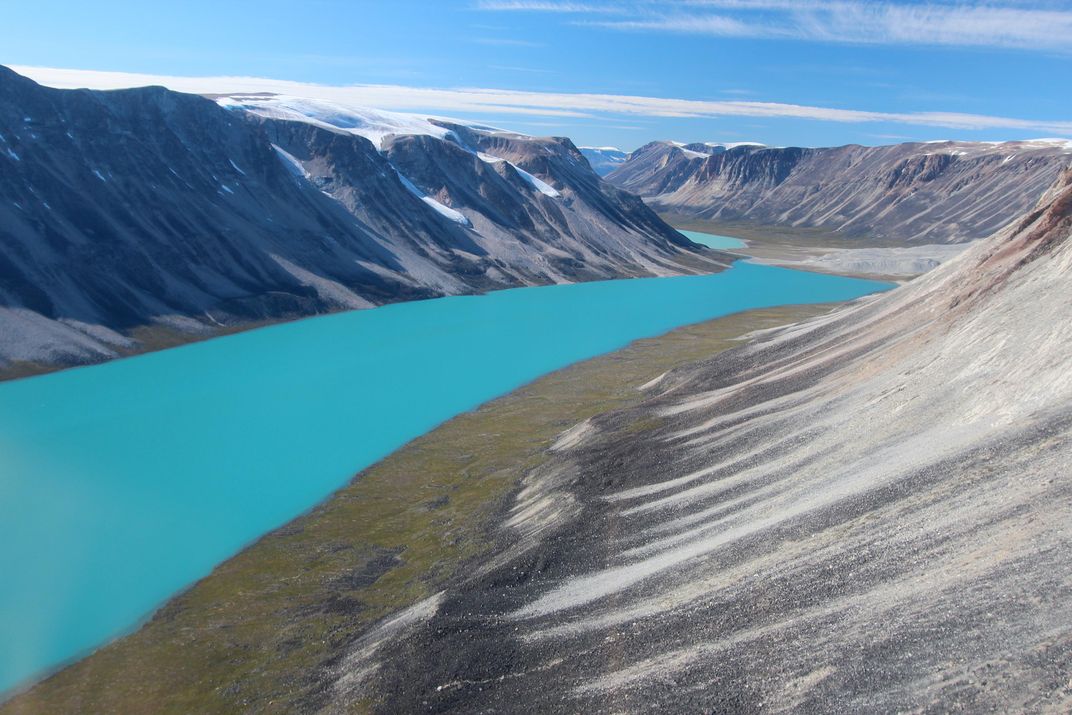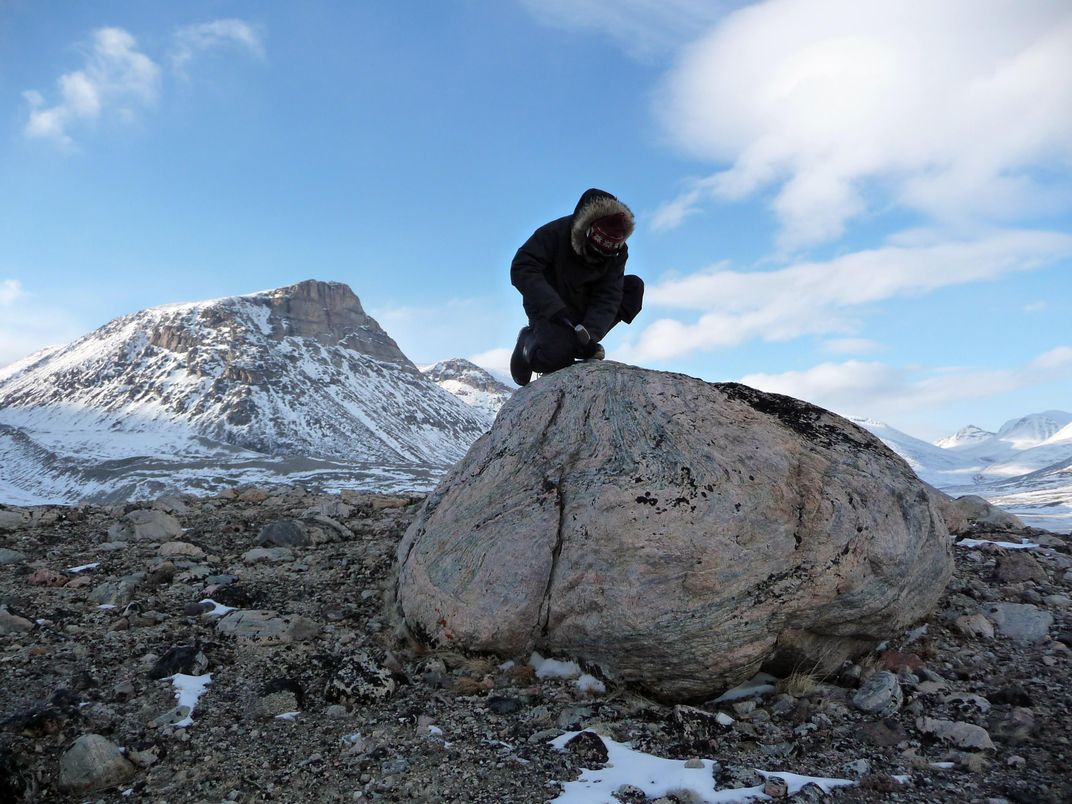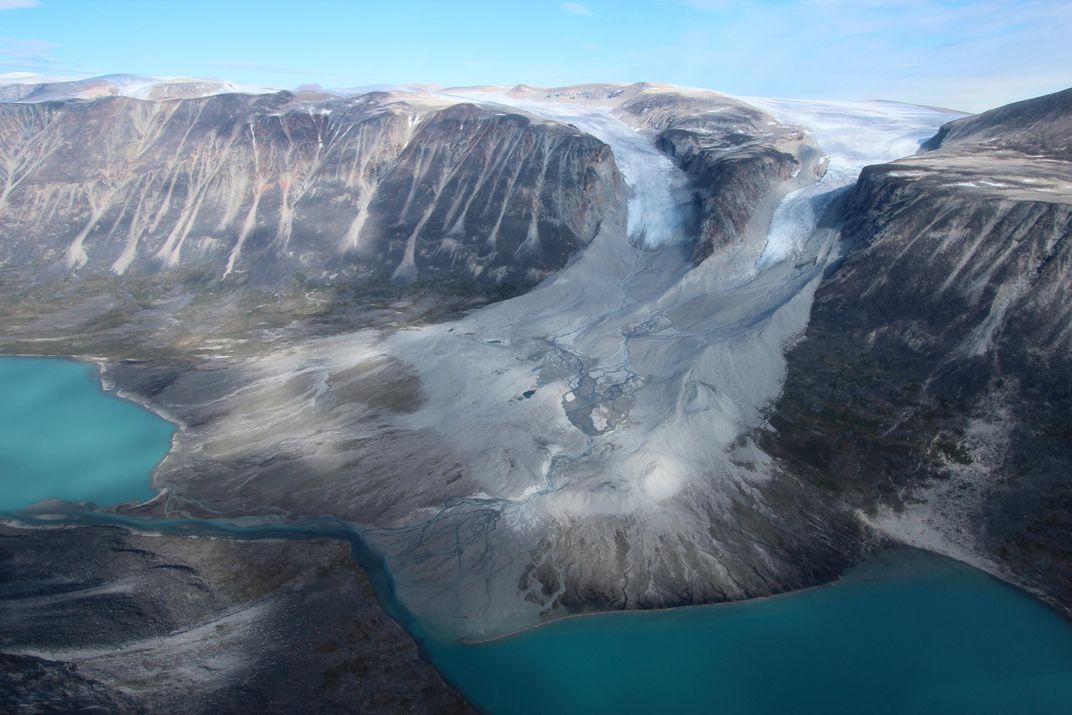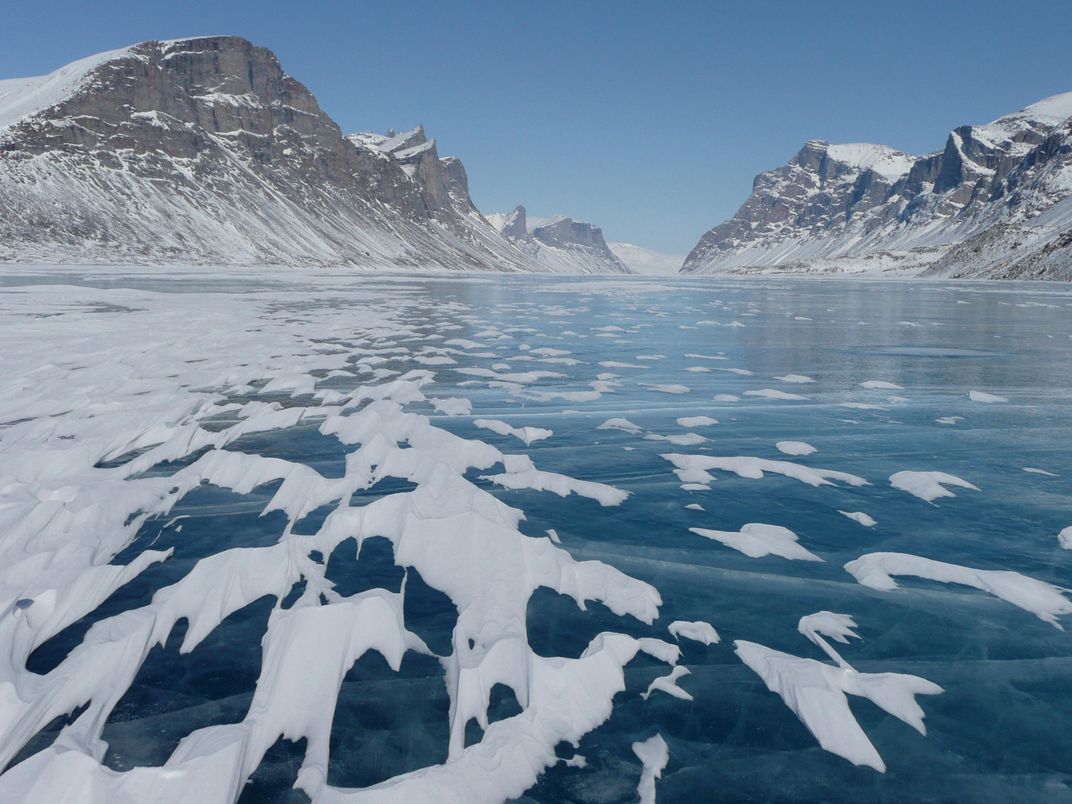Did Climate Change Make the Norse Disappear From Greenland?
Evidence from glacial deposits adds a new twist to the tale of the mysterious lost settlements
/https://tf-cmsv2-smithsonianmag-media.s3.amazonaws.com/filer/96/88/9688ab59-6990-4213-8cf8-2048971c5845/wk041452.jpg)
In 1721, Norwegian missionary Hans Egede sailed to Greenland to convert the Norsemen living there from Catholicism to Lutheranism. But instead of finding a land full of potential new followers, he discovered one of the world’s greatest mysteries: The two settlements that had been founded there more than seven centuries earlier were in ruins. The Norse settlers had vanished, and the only people left on the island were Inuit.
There have been many theories as to what happened: The Norse got sick and died, perhaps, or they moved back to Europe. One enduring theory, though, has been related to climate.
The Norse settled Greenland starting in 985, at the beginning of the Medieval Warm Period, when temperatures in Europe were slight warmer than average. By the time Egede arrived to find no Norse in sight, Europe was in the midst of the Little Ice Age, when it was slightly cooler than average. Perhaps the Norse weren’t able to adapt to the change in climate, and that killed them off.
However, a new analysis of glacier remains from the region north of the Norse settlements is adding to evidence that conditions in Greenland during the Medieval Warm Period may not have been so different from those of the Little Ice Age. If so, something other than climate change may have caused the Norse to disappear from the region.
The evidence comes from moraines, the big piles of debris that build up at the end of a glacier and are left behind after the glacier retreats. Moraines mark a time not only when a glacier was larger than it is now, but also when the climate was cooler.
“The trick is figuring out exactly when the moraines were deposited,” says Nicolás Young, a glacial geologist and paleoclimatologist at the Lamont-Doherty Earth Observatory of Columbia University.
When the rocks and boulders that make up a moraine are exposed to sunlight, they are also exposed to incoming cosmic rays, Young explains. These high-energy particles bombard the rocks and create a buildup of isotopes, such as beryllium-10, on their surfaces.
“We can sample these boulders, we can extract the beryllium, and essentially the amount of beryllium in that sample tells us in years how long that boulder has been exposed to the atmosphere,” he says.
The technique has been widely used on moraines deposited at the end of the last glacial maximum around 10,000 years ago or more, but Young and his colleagues were curious whether it would work on younger ones. So they tried applying it to moraines on Baffin Island and western Greenland.
To their surprise, the technique told them that the moraines there dated to the Medieval Warm Period, the team reports this week in Science Advances. But if the climate of the region had been cooler during the Little Ice Age, glaciers would have lasted longer and the moraines would have been younger.
“There are a few other [climate] records that broadly point to the same thing,” that the Medieval Warm Period didn’t stretch to western Greenland, Young says.
What caused the Medieval Warm Period still isn’t known, but there’s growing evidence that the phenomenon may not have been global. Young and his colleagues suggest that the culprit might be a circulation pattern called the North Atlantic Oscillation (NAO) that fluctuates between two modes, positive and negative.
“When the NAO is in a positive state, what typically happens is Europe is relatively warm, but the western north Atlantic region, and particularly Baffin Bay, is relatively cool,” Young says. Studies have suggested that during the Medieval Warm Period, the NAO may have been in a persistently positive state. If that were the case, then the climate for the Norse wouldn’t have been so different during the two time periods.
Young and his colleagues suggest, therefore, that factors other than climate—such as a reduction in the price for walrus tusk ivory, increased isolation from Europe or increased hostilities with the Inuit—may have been bigger contributors to the demise of the Norse Greenlanders.
Still, archaeologist Thomas McGovern of Hunter College in New York City isn’t convinced. “We can see really clear in the archaeological record that something happened” to the climate around 1250, he says.
For instance, seal bones found around the settlements come from species more associated with sea ice, suggesting especially cold, harsh conditions. And the chemical composition of human bones shows that the Greenlanders were moving away from farming and towards a more marine-based diet—another clue that climate was shifting dramatically.
McGovern and other archaeologists are still investigating what happened to the Norse Greenlanders. They have ruled out migration to Europe, because Europeans at the time would have recorded such an occurrence. Disease is also unlikely.
And while he agrees that factors such as isolation and conflict with the Inuit may all have played a role in the settlers' decline, “the evidence suggests that climate change is very much part of the mix.”
/https://tf-cmsv2-smithsonianmag-media.s3.amazonaws.com/accounts/headshot/Sarah-Zielinski-240.jpg)




/https://tf-cmsv2-smithsonianmag-media.s3.amazonaws.com/accounts/headshot/Sarah-Zielinski-240.jpg)

